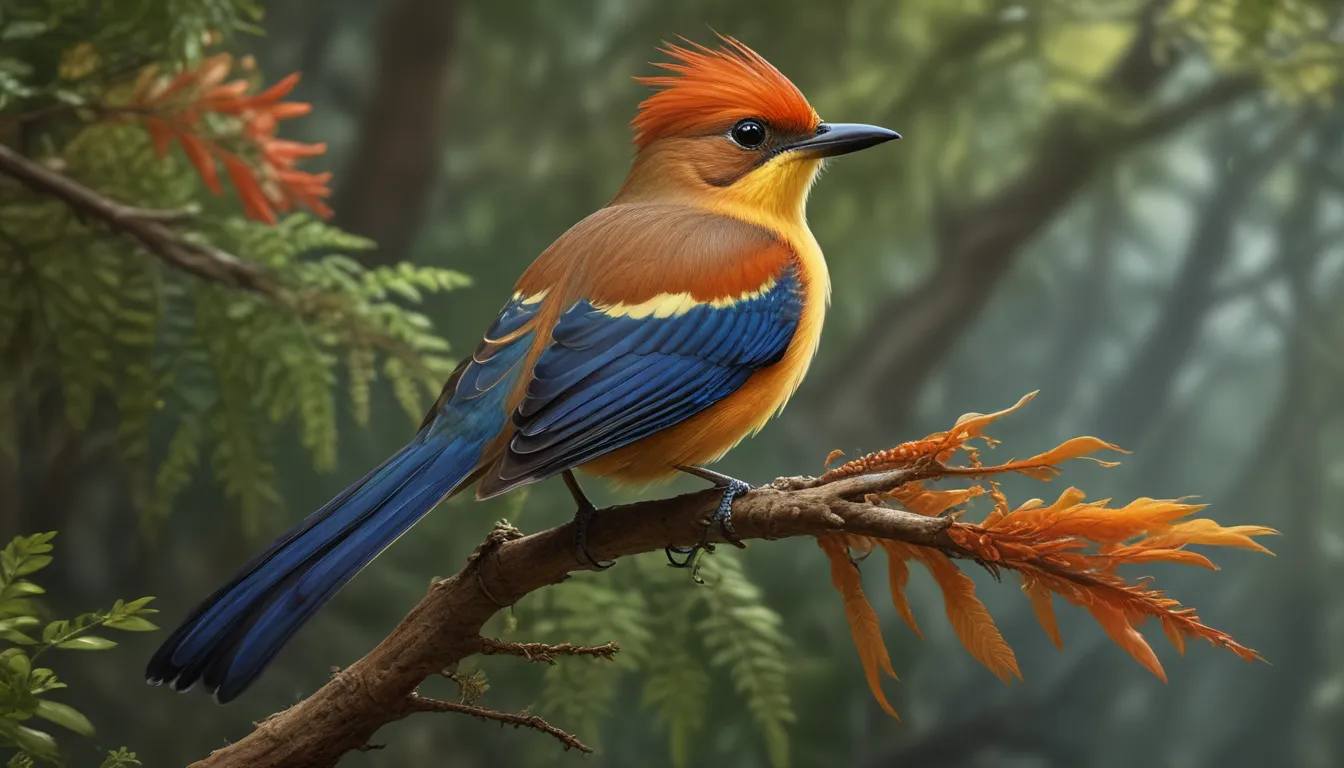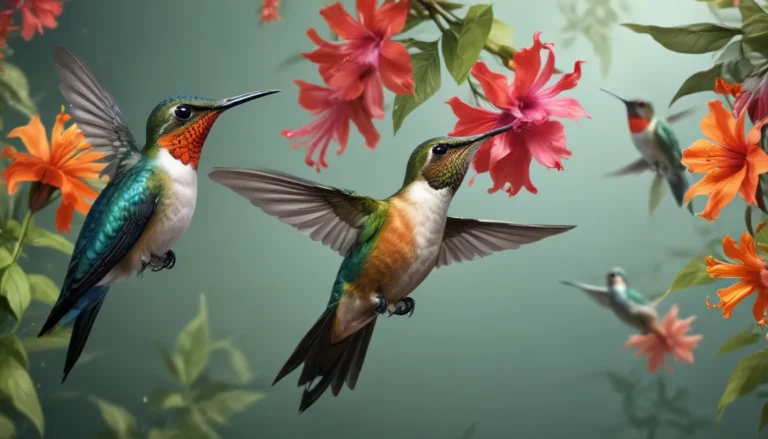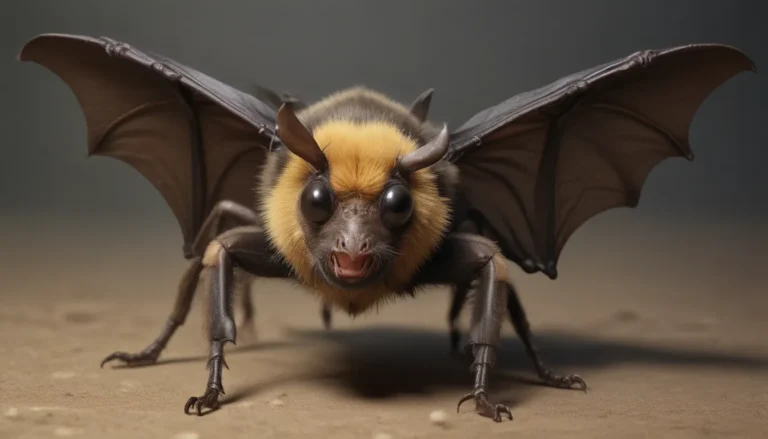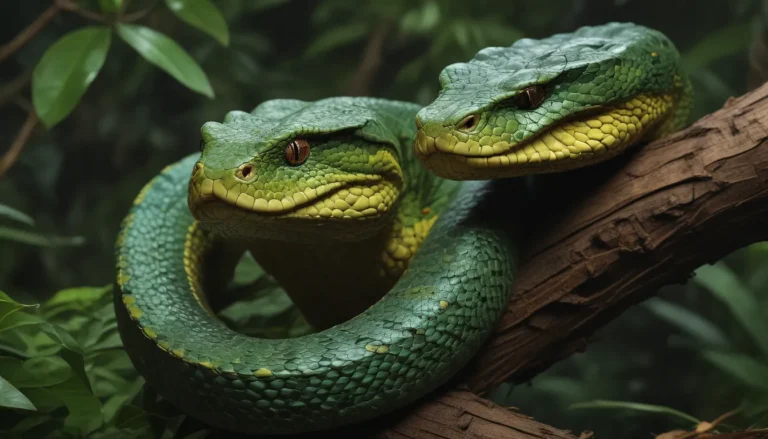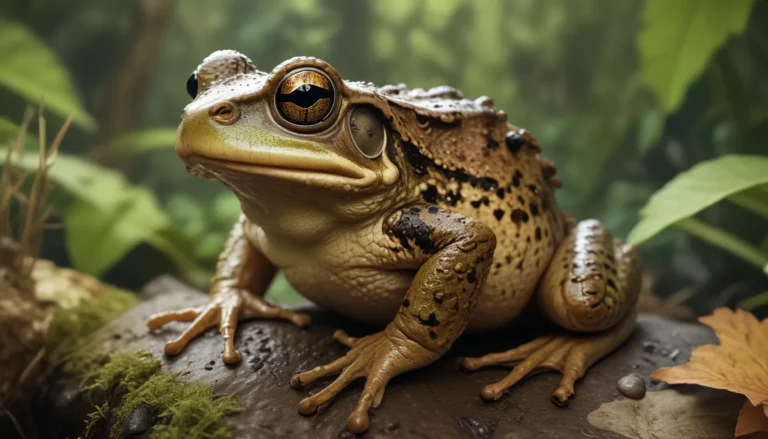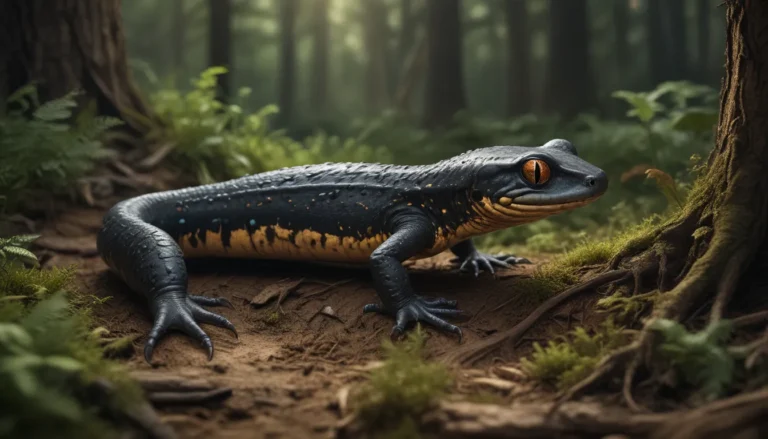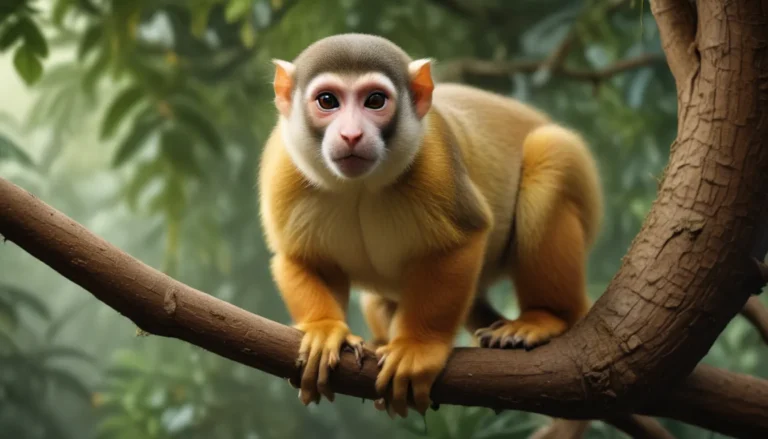The pictures we use in our articles might not show exactly what the words say. We choose these pictures to make you interested in reading more. The pictures work together with the words but don’t take their place. The words still tell you the important facts.
Are you ready to embark on a journey into the captivating world of the Royal Flycatcher? This mesmerizing bird species, scientifically known as Onychorhynchus coronatus, is a true gem of the tropical rainforests in Central and South America. With its vibrant plumage, unique physical features, and regal demeanor, the Royal Flycatcher is a sight to behold for nature enthusiasts, bird watchers, and curious minds alike.
Join us as we uncover 11 fascinating facts about the Royal Flycatcher, delving into its distinctive characteristics, behavior, and habitat. From its elaborate crests to its agile hunting techniques, these birds have earned their royal title in the avian kingdom. Let's explore the enchanting world of the Royal Flycatcher together!
Key Takeaways:
- The Royal Flycatcher's vibrant plumage and impressive aerial hunting skills make it a captivating bird to observe in its tropical rainforest habitat.
- Conservation efforts are crucial to protect the Royal Flycatcher from habitat loss and ensure its continued existence in Central and South America.
The Exquisite Plumage of the Royal Flycatcher
The Royal Flycatcher is renowned for its stunning plumage, notably its long, decorative crest that extends from its head. The male boasts a vibrant red crest, while the female sports a more subtle cinnamon-colored crest, adding to the allure of this remarkable bird.
A Small but Mighty Bird
Despite its petite size, the Royal Flycatcher possesses a loud and clear song that resonates through the dense foliage of its rainforest home. It uses its melodious voice to establish territory and attract a mate, showcasing its strength and resilience in the wild.
A Master of Aerial Acrobatics
This bird is a skilled aerial hunter, adept at capturing insects mid-air with precision and agility. Its ability to maneuver swiftly and change direction in-flight makes it a formidable predator in the canopy of the rainforest.
The Royal Flycatcher’s Preferred Diet
As an insectivore, the Royal Flycatcher sustains itself on a diet of insects such as beetles, flies, and butterflies. It employs a hunting strategy that involves perching on branches and executing swift dives to seize its prey, showcasing its prowess as a skilled predator.
The Royal Flycatcher’s Unique Nesting Behavior
One of the most intriguing aspects of the Royal Flycatcher is its elaborate nesting behavior. The female constructs an intricately woven nest in the shape of a hammock, suspending it from a branch high above the forest floor, creating a safe haven for its offspring.
The Male’s Display during Courtship
During the courtship ritual, the male Royal Flycatcher puts on a captivating display to attract a mate. It elegantly fans out its crest, forming an impressive fan shape, while fluttering its wings to showcase its vibrant plumage, a mesmerizing sight in the rainforest canopy.
Royal Flycatchers are Solitary Birds
The Royal Flycatcher typically leads a solitary existence, preferring to live and hunt alone amidst the lush greenery of the rainforest. However, during the breeding season, both male and female come together to mate and raise their young, forming temporary alliances in the wild.
The Royal Flycatcher’s Range and Habitat
These majestic birds can be found in the tropical regions of Central and South America, spanning countries such as Mexico, Belize, Costa Rica, Ecuador, and Brazil. They inhabit dense rainforests and tropical lowland forests, thriving in the rich biodiversity of these regions.
Migratory Patterns of the Royal Flycatcher
Unlike some species of flycatchers that undertake long-distance migrations, the Royal Flycatcher is predominantly sedentary, remaining in its preferred habitat throughout the year. Its loyalty to its tropical home underscores the importance of preserving the rich ecosystems that support its survival.
The Importance of Conservation Efforts
As with many bird species, the Royal Flycatcher faces threats from deforestation and habitat loss, endangering its long-term survival. Conservation initiatives play a vital role in protecting and restoring the natural habitats that these birds rely on, ensuring their continued existence for generations to come.
The Symbolic Significance of the Royal Flycatcher
In certain indigenous cultures, the Royal Flycatcher holds symbolic significance, believed to possess mystical powers and associated with beauty and good fortune. Its regal appearance is often considered a harbinger of positive omens and blessings, adding to its allure and mystique in the folklore of native communities.
Conclusion
In conclusion, the Royal Flycatcher stands out as a fascinating and extraordinary bird species in the tapestry of Central and South American rainforests. From its distinctive crown display to its remarkable hunting techniques, this bird captivates both enthusiasts and researchers with its beauty and behaviors. By understanding its natural habitat and supporting conservation efforts, we can safeguard the future of this magnificent species and continue to admire and appreciate the wonders of the avian world.
FAQs
Q: How does the Royal Flycatcher get its name?
A: The Royal Flycatcher derives its name from the majestic crown of elongated feathers on its head, which it showcases during courtship and territorial displays.
Q: What is the diet of the Royal Flycatcher?
A: The Royal Flycatcher primarily feeds on insects, including beetles, ants, flies, and other small invertebrates that form the core of its diet in the rainforest.
Q: How does the Royal Flycatcher build its nest?
A: Known for its unique nest-building behavior, the Royal Flycatcher constructs a hanging nest using moss, leaves, feathers, and spider silk, skillfully weaving a secure home for its young.
Q: Where can the Royal Flycatcher be found?
A: The Royal Flycatcher thrives in the lush rainforests of Central and South America, inhabiting countries such as Mexico, Belize, Costa Rica, Panama, Colombia, Ecuador, Peru, and Brazil.
Q: Are Royal Flycatchers endangered?
A: While the Royal Flycatcher faces threats from habitat loss and human activities, it is not currently classified as endangered. However, it is imperative to prioritize habitat conservation and raise awareness to protect this species for the future.
Embark on a journey of discovery with the alluring Royal Flycatcher and uncover the secrets of its enchanting world. Explore our captivating article on Amazonian Royal Flycatcher facts, where you'll delve deeper into the intriguing details of these remarkable birds and their captivating adaptations to the vibrant rainforest environment. Immerse yourself in the beauty and wonder of these winged wonders of the Amazon.
Embrace the Wonder of Nature
Our unwavering dedication to delivering reliable and engaging content drives us to share the wonders of the natural world with you. Each fact on our platform is a testament to the collective knowledge and passion of our community, ensuring that every insight is not only intriguing but also authentic. Trust in our commitment to quality and join us on a journey of exploration and learning as we celebrate the marvels of nature together.
